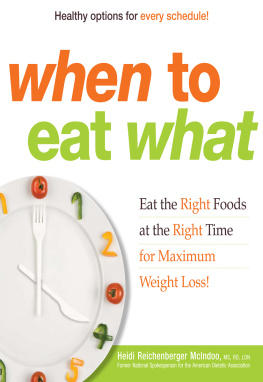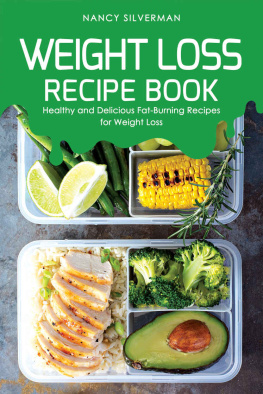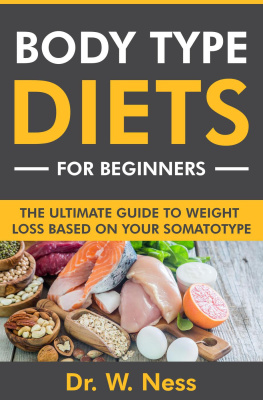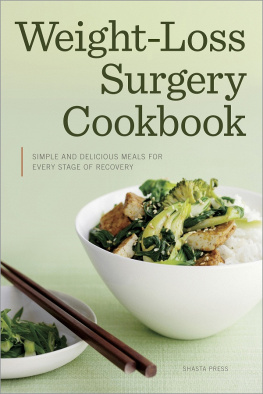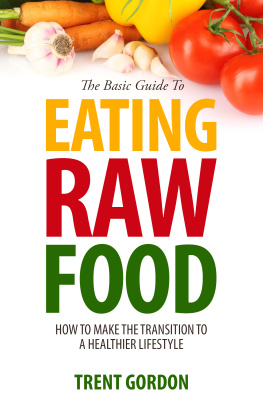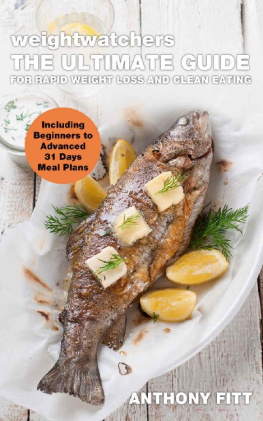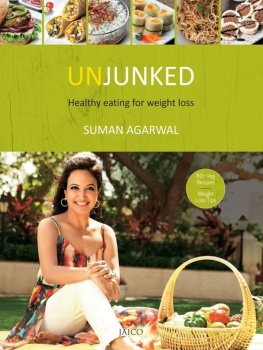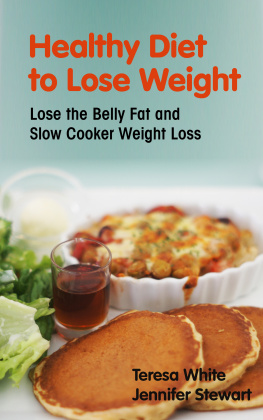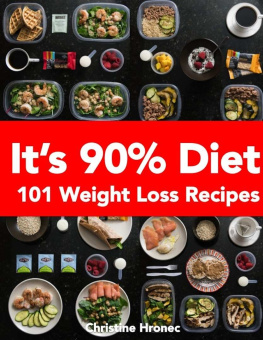There were so many people involved in making this book a reality and it could not have been possible without each and every one of them. Thank you.
First, to my husband, Sean, for many extra Daddy-and-kids playtimes, as well as extra help with dinners. To my parents, Sandy and Larry Swadley, for all of the extra overnight trips to Beema and Papa's (not that they minded). And an extra thank you to my mom for offering whatever help she could. To Gretchen, Mia, and Lauren DeMore, for countless playdates. And finally to my kids, Laila and Colin, who still tell me they're glad I work from home even if it sometimes means I can't always play with them. Without the help and support of any one of these people, I would never have been able to finish the project.
To Gina Panettieri, for believing I was the best person to bring this book to life and for her constant help and support throughout the project.
And, finally, to all of my fellow registered dietitian colleagues who were always there with an answer to a question or the ability to point me in the direction of just the information I needed.
part 1
why when to eat what
No matter where we turn, we're inundated with people telling us what we should or shouldn't eat. Promises of gaining Superman-like energy levels, melting belly fat, losing inches around our middles, and more come to us via our computer as we surf the web, as we flip through our favorite magazines, in commercials during our favorite TV shows, and between tunes as we cruise down the street. With all of this information so readily available, we should all be pillars of health, right? Unfortunately that's not the case, and a major reason is that much of the information floating out there is actually misinformation.
This overabundance of nutritional inaccuracy leads to countless problems. In the best-case scenarios, it leads us to waste our time, money, and other resources. In the worst-case scenarios, the advice given can be downright dangerous. In addition, all this conflicting information has left Americans full of questions about not only what, but also when, they really should eat to achieve better health, more energy, weight loss, and more.
When to Eat What answers those questions. It's full of questions and answers about situations most of us face every day as we try to figure out when and what we should eat in various common-life situations. It also delves into the notion of how certain foods, and when you eat them, can affect your weight loss success.
What Healthy Eating Is
Back in the day, the big buzz was The Basic Four. Then there were The Four Food Groups, and so on. But whatever name someone assigns it, the idea is the same: eat several foods from different food groups, such as dairy, protein, grains, fruits, vegetables, and healthy fats, each day to be healthy. And though the amounts may have changed a bit, with today's My Pyramid, the same advice prevails. What is My Pyramid? My Pyramid is a food pyramid that divides all foods into six food groups based on their nutritional makeup. The modern twist is that unlike food guides of the past where blanket recommendations were given for everyone, My Pyramid has a website where you can enter your specific information, such as age, height, weight, etc., and obtain recommendations targeted to your needs. Explore www.mypyramid.gov for all kinds of information on the different food groups, portion sizes, and more.
Foods are assigned to their respective group based on the nutrients they provide. Dairy foods are typically great sources of calcium and vitamin D. Grains give us fiber and several B vitamins. Fruits are also loaded with fiber, as well as vitamins such as C. You can see why choosing foods from each group is so important. It helps ensure that you eat all the nutrients your body needs to work properly and feel good. Variety within each group is key, too. While oranges are dripping with vitamin C, bananas are packed with potassium, so limiting yourself to just a couple of foods per group may still mean you're missing out.
The timing of your eating is also important. This doesn't mean you need to drink a glass of milk at 8:05, have some strawberries at 10:15, and a peanut butter sandwich at 1:10. I'm talking about spreading your meals throughout the day so you never go longer than three to four waking hours between meals or snacks. When you eat something within an hour or two of waking and then eat again every three to four hours, you attain multiple benefits. First, you get your body's engine started by giving it the energy it needs, in the form of food, to get going after that long overnight stretch with nothing to eat. Second, a steady supply of food throughout the day prevents the highs and lows in energy, mood, appetite, and more associated with a fasting and bingeing cycle. When you go a long time without eating, you likely feel tired and sluggish. Then you begin to feel intense hunger, which leads to overeating, which then leads to feeling bloated and the desire to not eat for a while, and possibly some guilt, and so on and so on. In a word, or three: Don't Skip Meals.

